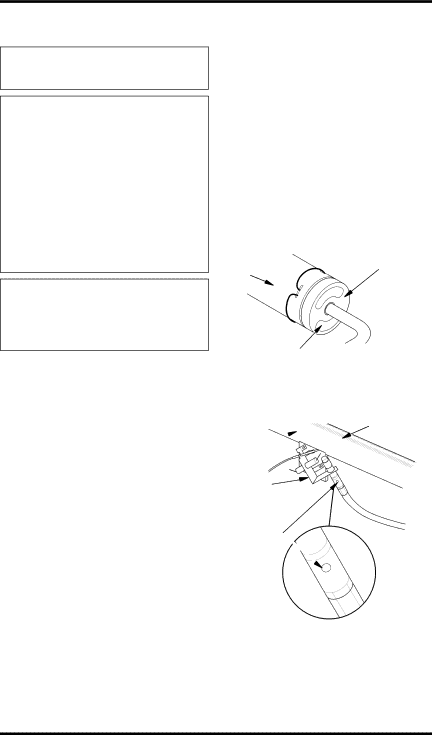
CLEANING AND
MAINTENANCE
![]() WARNING: Turn off fireplace and let cool before cleaning.
WARNING: Turn off fireplace and let cool before cleaning.
![]() CAUTION: You must keep control areas, burner and cir- culating air passageways of fireplace clean. Inspect these areas of fireplace before each use. Have fireplace inspected yearly by a qualified service person. Fireplace may need more frequent cleaning due to excessive lint from carpeting, bedding material, pet hair, etc.
CAUTION: You must keep control areas, burner and cir- culating air passageways of fireplace clean. Inspect these areas of fireplace before each use. Have fireplace inspected yearly by a qualified service person. Fireplace may need more frequent cleaning due to excessive lint from carpeting, bedding material, pet hair, etc.
![]() WARNING: Failure to keep the primary air opening(s) of the burner(s) clean may result in sooting and property damage.
WARNING: Failure to keep the primary air opening(s) of the burner(s) clean may result in sooting and property damage.
BURNER INJECTOR HOLDER AND PILOT AIR INLET HOLE
The primary air inlet holes allow the proper amount of air to mix with the gas. This provides a clean burning flame. Keep these holes clear of dust, dirt, lint and pet hair. Clean these air inlet holes prior to each heating season. Blocked air holes will create soot. We recommend that you clean the unit every three months during operation and have heater inspected yearly by a qualified service person.
We also recommend that you keep the burner tube and pilot assembly clean and free of dust and dirt. To clean these parts we recommend using compressed air no greater than 30 PSI. Your local computer store, hardware store or home center may carry compressed air in a can. You can use a vacuum cleaner in the blow position. If using com- pressed air in a can, please follow the directions on the can. If you donʼt follow directions on the can, you could damage the pilot assembly.
1.Shut off the unit, including the pilot. Allow the unit to cool for at least thirty minutes.
2.Inspect burner, pilot and primary air inlet holes on injector holder for dust and dirt (see Figures 48 and 49).
3.Blow air through the ports/slots and holes in the burner.
4.Check the injector holder located at the end of the burner tube again. Remove any large particles of dust, dirt, lint or pet hair with a soft cloth or vacuum cleaner nozzle.
5.Blow air into the primary air holes on the injector holder.
6.In case any large clumps of dust have now been pushed into the burner repeat steps 3 and 4 above.
Clean the pilot assembly also. A yellow tip on the pilot flame indicates dust and dirt in the pilot as- sembly. There is a small pilot air inlet hole about two inches from where the pilot flame comes out of the pilot assembly (see Figure 49). With the unit off, lightly blow air through the air inlet hole. You may blow through a drinking straw if compressed air is not available.
| Injector Holder (May |
| Be Brass or Aluminum |
Burner | Depending on Model) |
Tube |
|
Primary Air Inlet Holes (Shape of Holes May Vary by Model)
Figure 48 - Injector Holder On Outlet
Burner Tube
Ports/Slots
Burner ![]()
Tube
Pilot
Assembly
Pilot Air
Inlet Hole ![]()
Figure 49 - Pilot Inlet Air Hole
LOGS
•If you remove logs for cleaning, refer to Install- ing Logs, page 17, to properly replace logs.
•Replace log(s) if broken or chipped
24 | www.desatech.com |